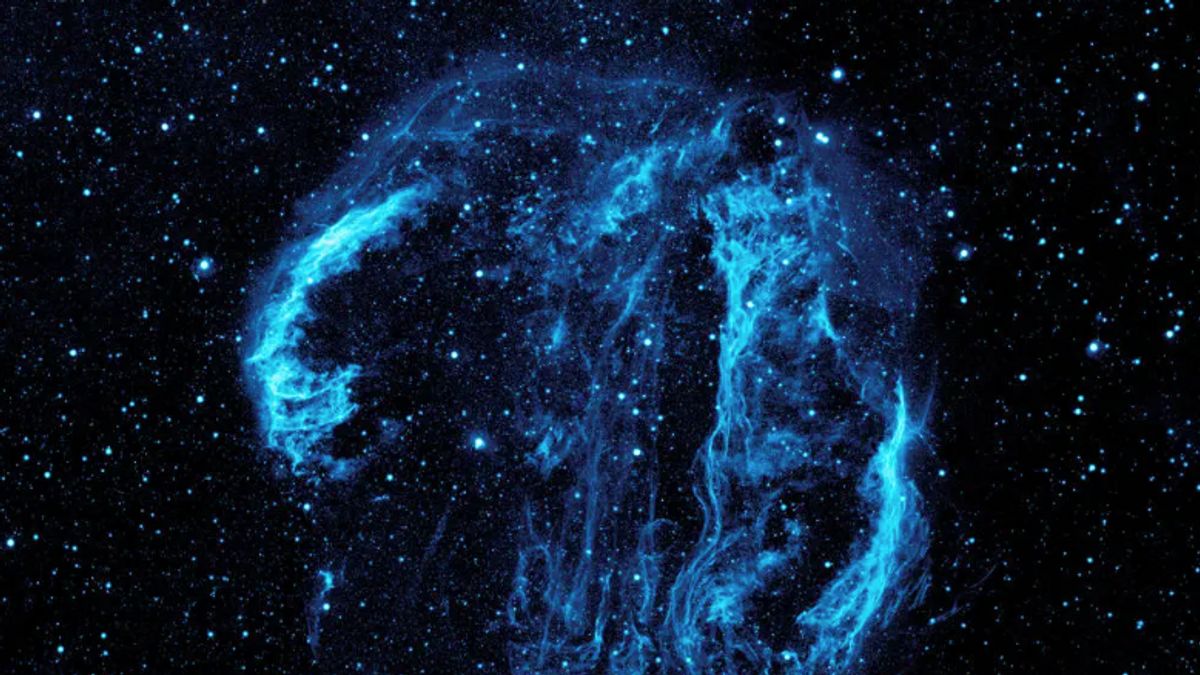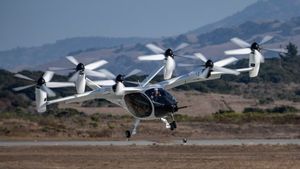JAKARTA - The United States Aeronautics and Space Agency (NASA) plans to launch a rocket for the Experimental Mission of Ultraviolet Spectroscopy for Integral Affairs (INFUSE).
The plan is for this rocket to launch on Monday, October 30 Indonesian time. Through this mission, NASA wants to capture supernova remnants in the Cygnus constellation, a constellation in the northern part of the Milky Way.
The targets of this mission are a cloud of dust and gas giants named Cygnus Loop or the Circrus Nebula. The supernova remnant is believed to have formed due to stellar deaths 20,000 years ago.
INFUSE will fly at an altitude of 150 miles to observe Cygnus Loop in minutes. The rocket carrying this particular imaging and spectroscopy instrument will capture light in far ultraviolet waves.
According to NASA's explanation, this light is a gas that is at a temperature of 50,000 to 300,000 degrees Celsius. This light is still burning even though a supernova explosion has occurred for a long time.
SEE ALSO:
INFUSE lead researcher Brian Fleming said that Cygnus Loop had a sizeable impact on galaxy formation so they needed to research it. According to him, Cygnus Loop can provide an overview of the results of supernova explosions.
With this first measurement, we will better understand how supernova elements mix with the surrounding environment. This is a big step towards understanding how the matter of a supernova is part of a planet like Earth, "explainedlimo.
For information, Cygnus Loop is a remnant formed from stars measuring 20 times the size of the Sun. This cloud is still growing and moving rapidly, which is up to 1.5 million kilometers per hour.
The English, Chinese, Japanese, Arabic, and French versions are automatically generated by the AI. So there may still be inaccuracies in translating, please always see Indonesian as our main language. (system supported by DigitalSiber.id)




















